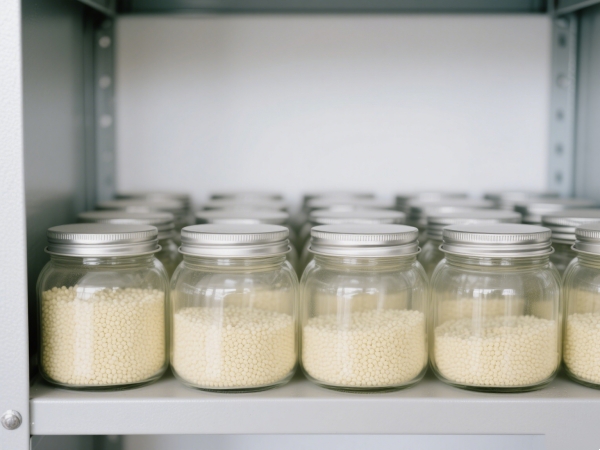Petroleum resin, also known as hydrocarbon resin, is a synthetic resin derived from the byproducts of petroleum cracking. It is a versatile, low molecular weight thermoplastic resin that plays a critical role in a wide array of industrial applications—from adhesives and coatings to rubber compounding and road marking paints.

Definition and Origin
Petroleum resin is produced by the polymerization of unsaturated aliphatic or aromatic hydrocarbons, which are byproducts from the cracking process in petroleum refining. These feedstocks (such as C5, C9, or DCPD) are processed to form resins with specific characteristics depending on their chemical structure and intended application.
Petroleum resins are generally classified into several types based on the primary feedstock used:
C5 Resin: Derived from aliphatic C5 hydrocarbons like piperylene and isoprene.
C9 Resin: Made from aromatic hydrocarbons like indene, styrene, and methylstyrene.
C5/C9 Copolymer Resin: A hybrid that combines both aliphatic and aromatic properties.
DCPD Resin: Based on dicyclopentadiene, offering high softening points and good thermal stability.
Key Characteristics of Petroleum Resin
Petroleum resins are typically:
Light yellow to dark brown in color, depending on purity and type.
Amorphous and non-crystalline, meaning they do not have a defined melting point but rather a softening range.
Thermoplastic, meaning they soften when heated and harden when cooled.
Tacky or adhesive, making them excellent tackifiers in pressure-sensitive adhesive formulations.
Other important properties include:
Good compatibility with natural and synthetic rubbers
Solubility in organic solvents
Resistance to water and alkalis
Low odor (for hydrogenated grades)
Main Uses of Petroleum Resin
Petroleum resin functions mainly as a tackifier, binder, or modifier in various formulations. Some key application areas include:
Adhesives and Sealants
Used to improve tackiness and cohesion in hot-melt adhesives (HMA), pressure-sensitive adhesives (PSA), and rubber-based adhesives.
Rubber Compounding
Acts as a softener and tackifier in the rubber industry, enhancing processability and adhesion in tires and other rubber goods.
Paints and Coatings
Provides gloss, film hardness, and adhesion in alkyd paints, traffic paints, and anticorrosive coatings.
Printing Inks
Improves ink gloss, drying time, and pigment dispersion.
Road Marking Paint
Used as a binder resin for thermoplastic road marking paints due to its fast drying and wear resistance.
Packaging Tapes and Labels
Enhances bonding strength and clarity in BOPP and PET tapes.
Bookbinding and Graphic Arts
Used in hot-melt glues for book spines and cover adhesion.
Advantages and Competitive Features
Cost-effective: Compared to natural resins or rosin derivatives.
Customizable: Available in various softening points and molecular weights to suit different needs.
Hydrogenated options: Provide improved thermal stability, light color, and odor-free performance—ideal for food contact or hygiene applications.
 cwc@jxbh-masterbatch.com
cwc@jxbh-masterbatch.com Jiaxing Beihua Polymer Auxiliaries Co., Ltd. / Shanghai Crystal Wells Chemical New Materials Co., Ltd.
Jiaxing Beihua Polymer Auxiliaries Co., Ltd. / Shanghai Crystal Wells Chemical New Materials Co., Ltd.

































